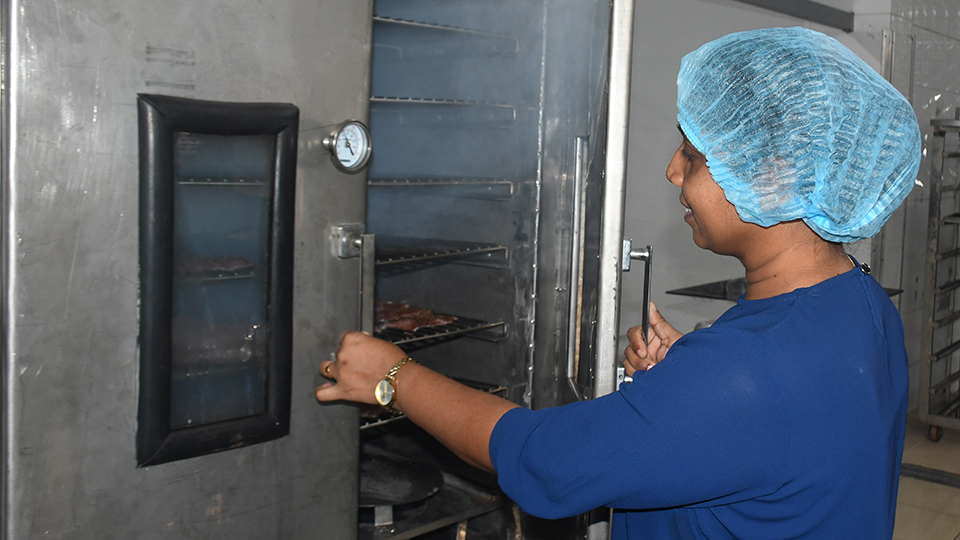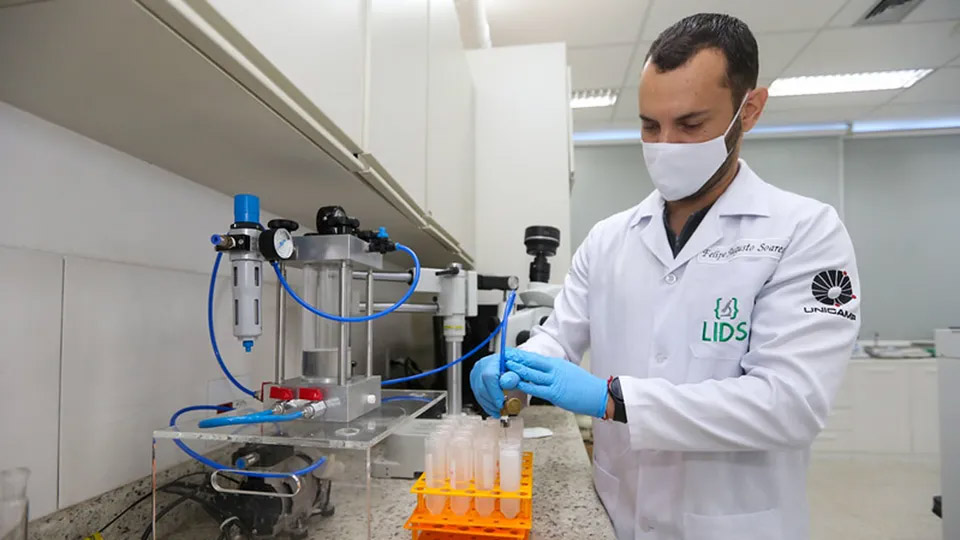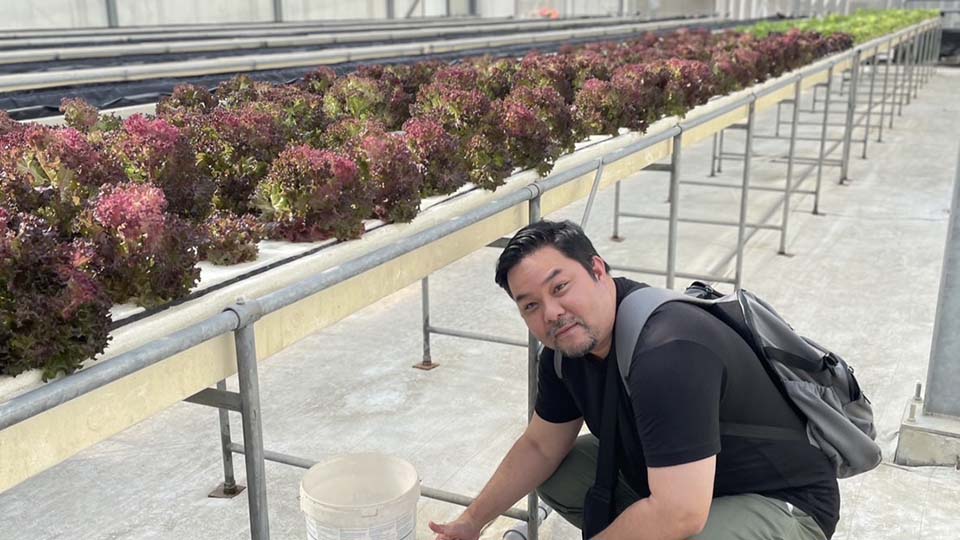Smoked dried fish is very popular in lake surrounding areas in Sri Lanka, but the traditional smoking process over wood embers produces fish laced with harmful chemicals. A portable smoked fish-processing unit producing healthier products with minimal levels of the chemicals associated with any smoking process was invented by three Sri Lankan researchers, preserving the health of thousands.

Yamuna Pathiraja is a Senior Research Engineer and Head of the Techno Marketing Department of the National Engineering Research & Development Centre (NERDC) of Sri Lanka. She is the co-inventor of the smoked fish-processing unit with Udaya Paranagampola and Malini Ranatunge.
Is traditionally-produced smoked fish healthy?
As Yamuna explained, smoking improves the taste of inland fish and ensures its preservation. However, the traditional way to smoke fish involves laying the fish above wood embers. According to Yamuna, there is no control over the smoking time, which is usually very long and leads to the contamination of the fish with toxic chemicals produced by the burning wood, especially harmful polycyclic aromatic hydrocarbons (PAH), thought to be carcinogenic.
“Traditionally produced smoked fish have unacceptable levels of PAH,” according to Yamuna, who said NERDC wanted to invent a healthier way of smoking fish and keep the PAH at safe levels.
How to smoke a fish with the Smoked Fish-Processing Unit?
After trials with a lab-scale smoked fish unit, the Centre developed a portable unit that can smoke 25 to 30 kilograms of raw fish per batch and produce 16 to 20 kg of smoked fish. The innovation delinks the heating and smoking processes to control both processes independently. Cinnamon wood, a harmless seasoning ingredient, generates smoke and flavors the fish. The smoke is filtered before entering the smoking chamber, and the fish is only smoked for 15 to 30 minutes before going to the heating chamber, fueled by sawdust. As an alternative to sawdust, the chamber can be fueled by LP gas or electricity.

The patented smoked fish processing unit takes 3- 3 ½ hours to produce a ready-to-eat product and can be used to smoke both inland and marine fish. After packaging, the fish will keep up to two weeks in a refrigerator or three months in a freezer (-18°C).
The process drastically reduces PAH, aligning with the EU regulation of a maximum of 2 micrograms of PAH per kilogram, Yamuna said.

Technology Transfer of the NERDC Fish-Processing Unit
The technology has been ready since 2019 and has been transferred to two licensees. Fifteen processing units have been fabricated by NERDC and its licensees and are currently in service. The smoked fish produced with the NERDC technology is not yet available in supermarkets in Sri Lanka, and the Centre is working on enhancing promotion. The Centre also seeks to scale up the machine to produce larger amounts and prepare the product for the export market.
NERDC is conducting some trials with interested parties to diversify the products that could be smoked in the unit, such as meat.

WIPO Mentoring and Support for patent drafting
“In 2017, I did not have much idea about what a patent was, and I did not have a grasp of IP-related activities.”
NERDC entered a WIPO Enabling Innovation Environment (EIE) Project for IP and Technology that provided a series of workshops and mentoring programs in collaboration with the National Intellectual Property Office (NIPO) and the National Innovation Agency (previously COSTI), which was also the hub institute for the EIE project and worked as a proxy Technology Transfer Office in the program.
Yamuna said the workshops and programs increased NERDC’s capacities, particularly in prior art searches and patent drafting. “This knowledge has been invaluable for NERDC,” she added. With 43 granted national patents, NERDC engages in technology transfer activities, typically sharing research findings, innovations, and intellectual property.

Multi-disciplinary Research Centre
NERDC conducts research in multiple engineering disciplines, including Mechanical Engineering, Civil Engineering, Electrical and Electronics Engineering, Mechatronics Engineering, and Energy & Environmental Engineering. It also provides consultancy services and manufacturing services to the public and private sectors, mainly in the construction, energy, and environment sectors. With over 50 researchers, NERDC, established in 1974, has introduced over 75 technologies into the market. Today, some 50 technologies are ready for technology transfer.



